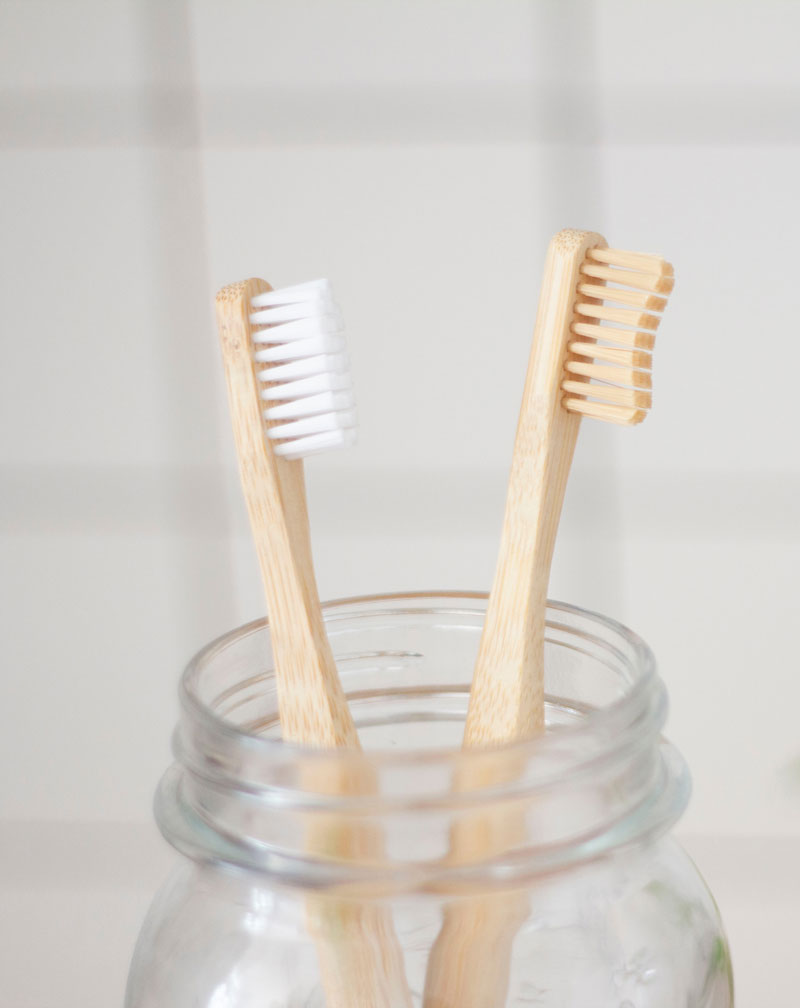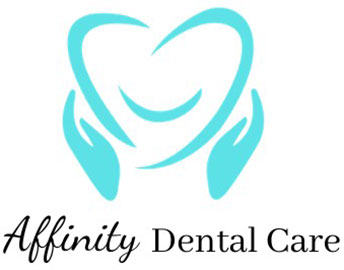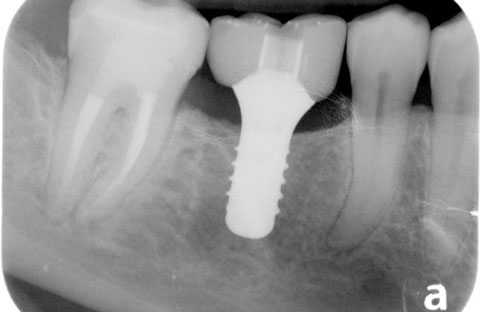What Really Is Gum Disease?
Gums and supporting bone disease is also known as periodontal disease. Many adults currently have some form of the disease – from bleeding gums (gingivitis) to wriggly teeth associated with bone (periodontitis) loss. Our mouths are full of bacteria. The bacteria, along with mucus and other particles, constantly form a sticky, gluey “plaque” on our teeth. Plaque that is not removed can harden and form “tartar” that brushing can’t clean. The tartar can trigger our immune defense system to destroy your gums, resulting in gum swelling and consequent bone loss. Eventually, this may result in tooth loss. Chronic untreated gingivitis and periodontitis can itself lead to cardiovascular diseases, particularly in the coronary arteries.
HAVE ANY QUESTIONS?
Contact us for more information
I Have Gum Disease, What Now?
There are many risk factors that may contribute to an increase in gum disease:
- Poor oral hygiene habits and techniques in tooth brushing and flossing.
- Smoking, stress, obesity and teeth grinding.
- Uneven teeth and malocclusion.
- Hormonal changes in girls/women during pregnancy and after menopause.
- Diet deficiencies like scurvy and rickets.
- Systemic diseases like uncontrolled diabetes, leukemia, and osteoporosis.
- Cancers like squamous cell carcinoma, and osteosarcoma.
- Medications like Dilantin for seizures, Cyclosporine for organ transplants, calcium channel blocker drugs for high blood pressure and medications that can cause dry mouth.
Fortunately, there are ways to treat and control the progression of gum disease. Dr Wong strongly advocates on a non-surgical approach to contain this disease.
A good examination of the medical history and current health status is important to find out if there are systemic diseases or predisposing factors that could contribute to gum issues. Scaling and root planing (picking and scraping) root surfaces to remove the plaque, tartar and toxins have proven to be the most cost effective way to manage gum disease. A good discussion on home care habits and teaching proper techniques are also very important.

More on Treatments of Gum Disease
After scaling and root planing, chemotherapy-like antibiotics are also utilized in certain cases. Sometimes the antibiotics can be directly placed inside the gums where the disease is actively taking place. Laser therapy is another tool that Dr. Wong can employ to disinfect the diseased site and to promote healing.
Medicated mouth rinses are another way to combat active bacterial infection in the mouth. The gold standard in dentistry is Chlorehexidine. Dr. Wong’s interest in natural herbal medicine and essential oils have lead him to using cinnamon for its antibacterial effects and tamarind for its anti-inflammatory properties. A homeopathic cocktail of botanical ingredients is being developed by Dr. Wong as an alternative to mouthwash to help keep gums healthy.
Surgical approaches to combat severe reflective gum diseases is also an option employed by Dr. Wong. The use of bone/gum grafts, tissue regeneration and bone growth factors (a protein) to help bone regeneration have been performed by him with excellent outcomes.




